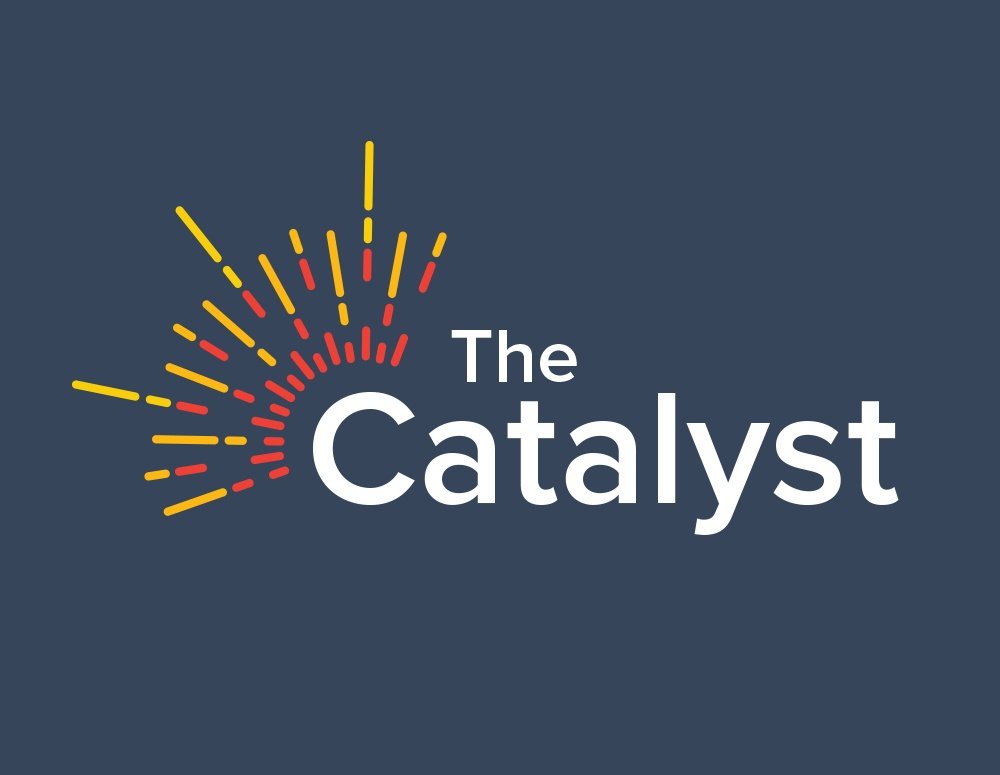In an effort to contain health care spending, some foreign governments mandate prices for innovative medicines at levels below the value they provide to patients, health care systems, and the wider economy. By distorting market competition, these short-sighted measures do more harm than good, and fail to address the root causes of rising health care costs such as increased rates of chronic disease. While government price setting can take several different forms, all deliver the same troubling results – stifled innovation and reduced access to quality health care for patients around the world.
Let’s explore the five most common forms of price setting employed by wealthier nations, which serve to benefit those countries and disadvantage the U.S. biopharmaceutical industry and the patients served worldwide:
- International reference pricing sets prices of innovative medicines based on prices in a group of countries often selected because they are poorer or engage in price setting themselves. This approach disregards important differences among countries that impact prices and imports bad policies from abroad.
- Therapeutic reference pricing requires medicines that treat the same disease to have similar prices regardless of whether the product is a new therapy or an older treatment. This disadvantages innovators by undervaluing products that offer added benefits compared to existing treatments.
- Therapeutic area tenders generally award supply for an entire class of medicines to a single lowest cost product. This harms patients’ ability to access the treatment that might work best for them.
- Ad-hoc price cuts and clawbacks require manufacturers to pay discounts and even return revenue earned to cover short-term government deficits. These financial penalties have nothing to do with a product’s value, and serve to disadvantage U.S. manufacturers.
- Health technology assessments can be used as a tool to support evidence-based health care, but are often constructed to ignore patient outcomes, health system savings, and broader societal impacts. These narrow and sometimes arbitrary frameworks limit patient access to needed medicines.
The U.S. biopharmaceutical industry invests tens of billions of dollars in R&D annually and supports millions of jobs nationwide – $60 billion and 4.5 million jobs to be exact. However, foreign government price setting threatens continued innovation and economic growth by undervaluing medicines that can save lives and money.



